How to Make a Cash Flow Forecast
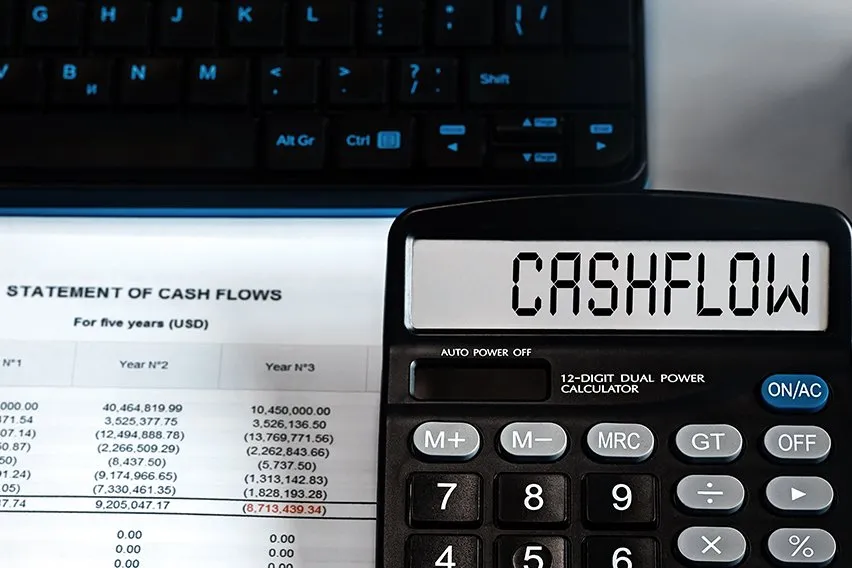
As a small business owner, you would have developed a business plan to help guide your operations into the future. It would have outlined everything from your mission statement to how you’re going to generate revenue. It’s kind of a roadmap for your business to follow.
And within your business plan, your cash flow forecast might be one of the most important bits of information. You can have the most in-depth business plan that outlines your strategy and tactics. But if you don’t have enough cash to pay for those things, it won’t matter how in-depth your strategy is.
Maintaining a healthy cash flow is critical to ensure that you have cash in case an emergency or something unexpected happens. Here’s everything that you need to know about cash flow and how to make a cash flow forecast.
Here’s What We’ll Cover:
What Is Cash Flow Forecasting?
How to Prepare a Cash Flow Forecast
What Is Cash Flow Forecasting?
Cash flow forecasting is a way for you to estimate the flow of cash that comes in and out of your business over a specific period of time. Creating an accurate cash flow forecast can help you predict and plan for your future cash positions. This helps you avoid things like crippling cash shortages. Plus, you can generate returns on your cash surpluses in an efficient way.
Typically, a cash flow forecast will get conducted by your finance, accounting or bookkeeping team. That said, creating a cash flow forecast requires input from as many stakeholders as possible. It’s a plan that can show how much cash you expect to receive and payout.
For you to create the most effective cash flow forecast, it can be important to include forecasts for your business sales and profit and loss.

How to Prepare a Cash Flow Forecast
Some of the specifics included in a cash flow forecast are going to depend on the type of business that you operate and the industry that you’re in. The foundation of the forecast is going to depend on your overall business objectives and investor requirements. It’s also going to consider your management team and the availability of accurate information within your business.
For example, one business might want to increase visibility compared to one that wants to manage debt repayments. It’s also worth noting that for bigger, multinational organizations, a cash flow forecast can be an involved process.
Here’s what you need to know to make a cash flow forecast for your business.
Determine Your Main Forecasting Objective
There’s no sense in creating a cash flow forecast if it doesn’t have actionable business insights. The first thing you should do is start with figuring out the objectives that you want the forecast to support. Some of the most common objectives include:
- Short-term liquidity planning. This is where you manage the amount of cash you have available on a day-to-day basis. It ensures that your business can meet its short-term obligations.
- Covenant and key date visibility. This is where you want to project your future cash levels to coincide with reporting dates, such as month-end, yearly or quarterly.
- Interest and debt reduction. This is where you try and ensure your business has enough cash on hand to make certain payments on things like loans or debts.
- Growth planning. This is how you ensure your business has more than enough working capital to fund new activities. And this is meant to help grow revenues in the future.
- Liquidity risk management. This is where you would want to create visibility into any potential liquidity issues that might happen in the future.
Making sure that you have the right objective for your cash flow forecast will help ensure you stay on track. For example, if you have debt then you’re going to find value in creating a forecast that helps you prepare for making future payments. If that’s the case, you might not need to forecast something that supports short-term liquidity planning.
Determine Your Forecasting Period
Now that you have figured out your main objective for your forecast, you can now determine how far in the future you’re going to look. There can sometimes be a general trade-off between how available information is and how long you’re going to forecast for. This means that the further you look into the future, the less accurate your forecast is going to be.
Ultimately, this means that finding the right forecasting period can have a huge impact on how reliable and accurate your forecast is. Here are some of the most common forecasting periods:
- Mixed-period forecast. A mixed-period forecast implements a mix of lengths and it can commonly get used for liquidity risk management. It might provide a weekly forecast for three months before moving into a forecast on a month-by-month basis.
- Short-period forecast. A short-term forecast is exactly how it sounds. It’s going to look at around two to four weeks into the future and only provide a daily breakdown of cash payments and receipts. Short-term forecasts are usually best for things like short-term liquidity planning. This is since day-to-day cash flow is important to make sure that you’re able to meet financial obligations.
- Medium-period forecast. A medium-period forecast usually looks around two to six months into the future. This forecast can be handy for things like interest and debt reduction and key date visibility. One of the most common medium-period forecasts is the 13-week cash flow forecast.
- Long-period forecast. A long-period forecast usually looks six to twelve months into the future. This can be a great way to forecast annual budgeting processes. And it can be helpful to assess cash required for capital projects or long-term growth strategies.
Choose Your Forecasting Method
When it comes to a forecasting method, there are two main types: indirect and direct. The main difference is that indirect forecasting uses income statements and balance sheet data. Where direct forecasting uses real cash flow data.
Figuring out and choosing your forecasting method is going to depend on your forecasting period. It’s also going to depend on the type of data that you have to create your forecasting model. Here’s how direct forecasting and indirect forecasting stack up against each other.
Direct Forecasting
- Shorter-term
- It should show any cash that’s required to fund working capital
- You should include an analysis of upcoming receipts, any debtors and any payments that need to get made to creditors
Indirect Forecasting
- Longer-term
- It should show any cash that’s required for you to fund capital projects and longer-term growth strategies
- You should include various income statements and balance derivations, such as adjusted net income
Usually, direct forecasting is going to give you a high level of accuracy. But, it can be an unreliable forecasting model if your reporting periods are longer than 90 days. This is since actual cash flow data isn’t always available after that.

Get the Data You Need
Where you get your cash flow data for your forecast is going to depend on how you manage all your finances and accounting. However, you can usually find what you need in accounts payable, accounts receivable or within the accounting software you use.
Once you know where you can find your data, you can pull the following information to help develop your cash flow forecast.
- The opening cash balance for your forecasting period
- The cash inflows for your forecasting period
- These could be anticipated sales receipts, dividend income or proceeds of divestments
- The cash outflows for your forecasting period
- These could be salaries and wages, investments, rent and debt payments
Key Takeaways
There can be a ton of benefits to cash flow forecasting. Not only can it help you avoid cash shortages, but it can help your business grow and thrive. You can get out of debt faster and you can enable your business to grow more predictably.
Basically, a cash flow forecast is a way for you to determine how much cash is going to flow in and out of your business over a period of time. Doing this can help you better predict and plan for future cash positions. For the most effective cash flow forecast, try and include forecasts for business sales and profit and loss.
Follow the steps outlined above to make an accurate cash flow forecast for your business.
Did you enjoy reading this guide? Head on over to our resource hub for more great content!
RELATED ARTICLES

 How to Calculate Revenue? Sales Revenue Formula
How to Calculate Revenue? Sales Revenue Formula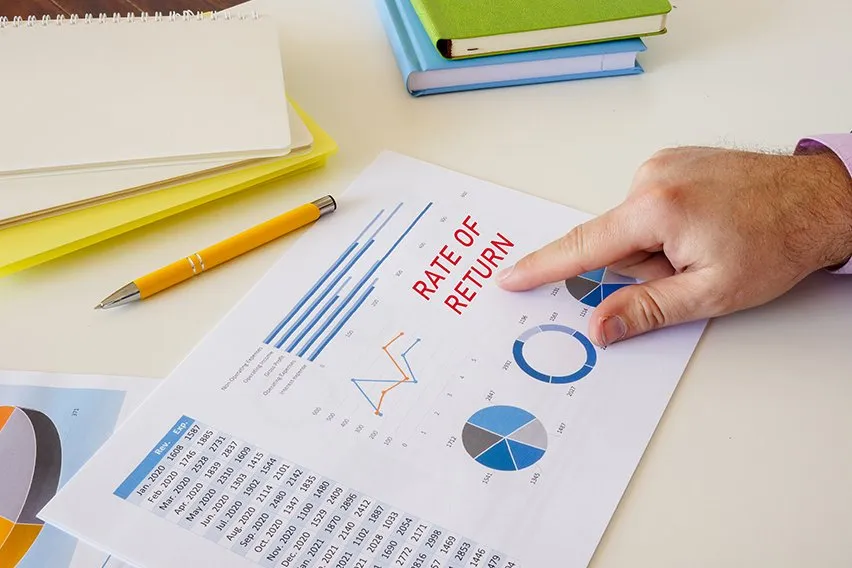 What Is Rate of Return (ROR) & How to Calculate It
What Is Rate of Return (ROR) & How to Calculate It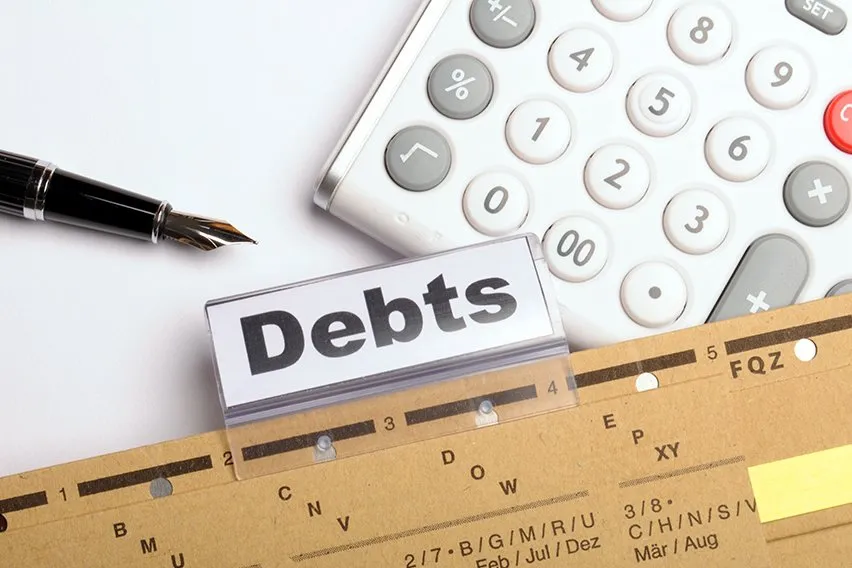 Managing Debt: 10 Tips or Advice on Dealing With Debt
Managing Debt: 10 Tips or Advice on Dealing With Debt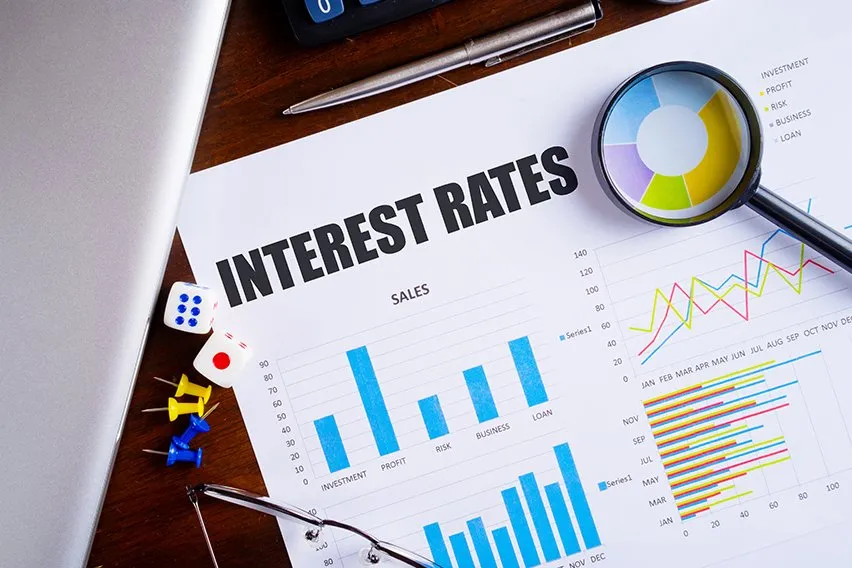 What Is Interest Coverage Ratio? Definition & Calculation
What Is Interest Coverage Ratio? Definition & Calculation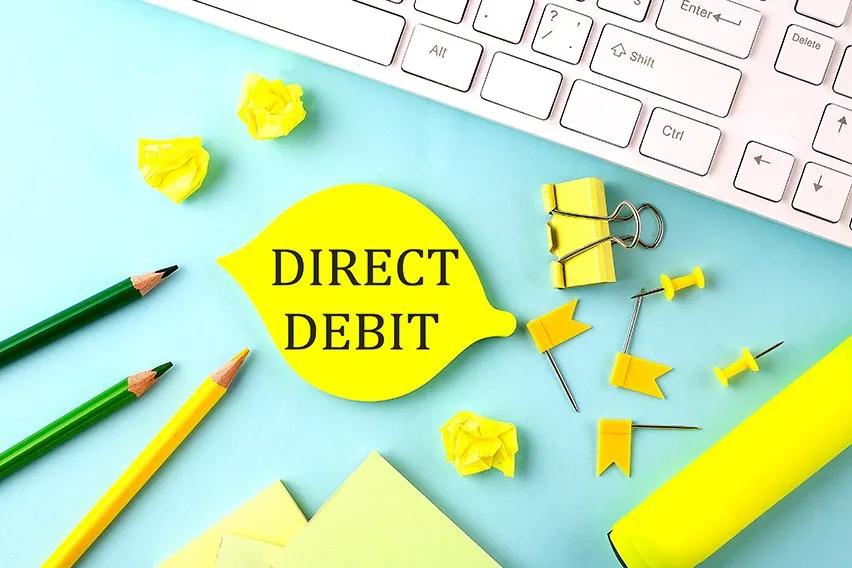 What Is Direct Debit & How Does It Work? A Guide
What Is Direct Debit & How Does It Work? A Guide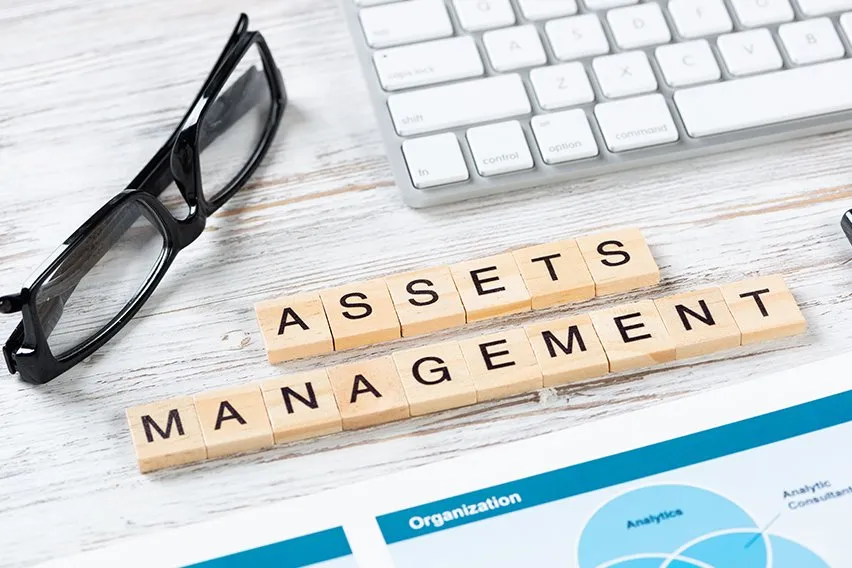 What Is a Capital Asset? The Ultimate Guide
What Is a Capital Asset? The Ultimate Guide